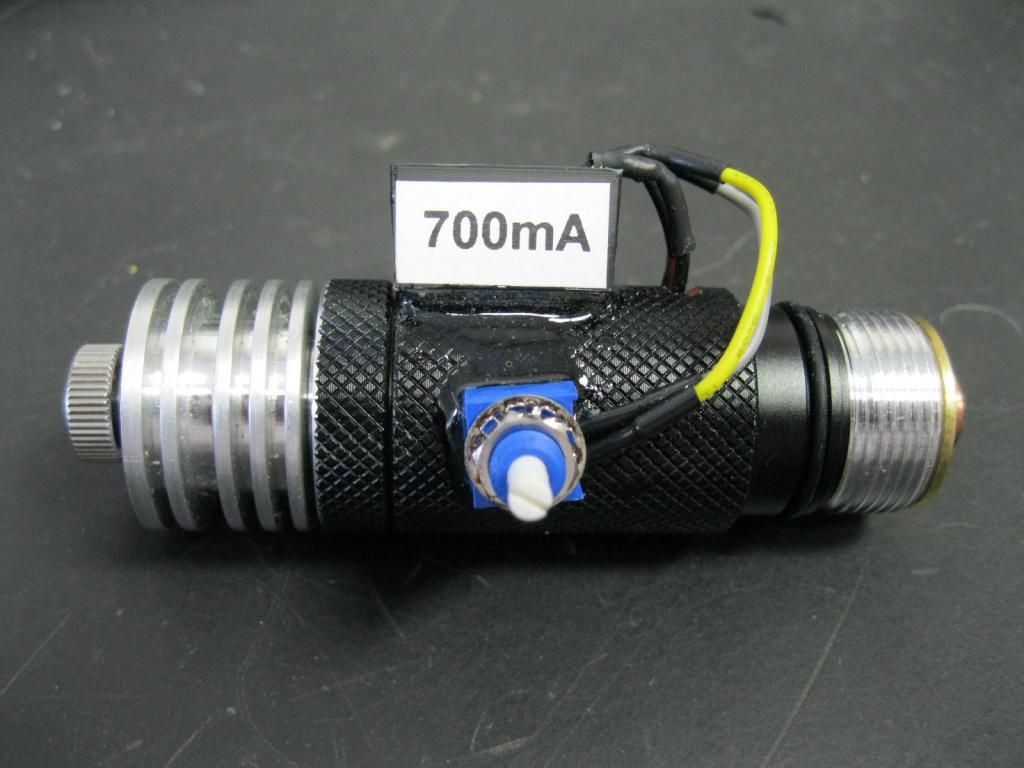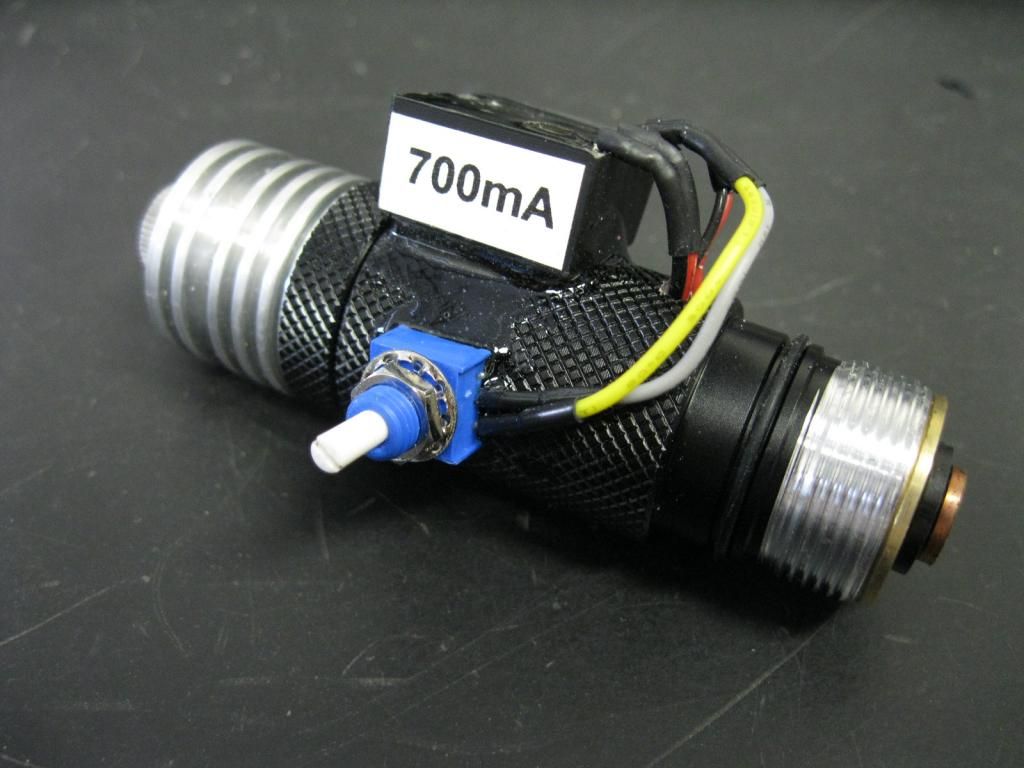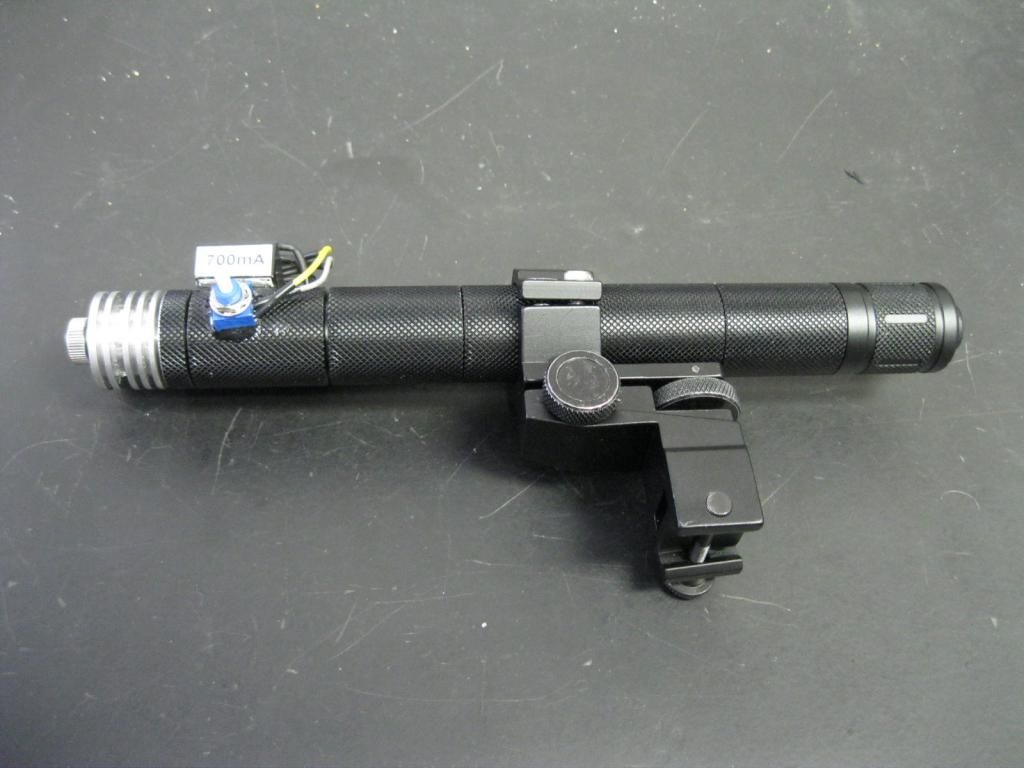lzrppl
0
- Joined
- Oct 6, 2012
- Messages
- 11
- Points
- 0
I am starting this thread to discuss mounting and using IR laser diodes to illuminate night time targets and viewing these targets with IR viewing scopes or goggles. My employer designs and builds high tech scopes for rifles. Basically, these scopes are video camera / computer devices that can tag and track targets up to 10mph. Once the target is tagged, one would bring the crosshairs to the tagged dot and when they are overlapped the shot is taken. This setup has proven repeatable accuracy up to 1200 yards. Also, most all image sensors or CCDs can “see” in the near IR. Lately, we have been interested in night time hunting of wild boar that seem to be taking over my state.
The problem…getting close enough and seeing what you are shooting at. Since March I have been experimenting with different laser diodes and driving circuits. The task was to create basically a handheld IR laser that can be mounted to a rifle. Being that almost all IR diodes are case positive, this presented a few problems. The choices are to either isolate the diode from the host or use a continuous positive driver like the BlitzLinear and put the batteries in reverse causing the host case to carry the positive charge. The latter is easiest if you have determined what current level you need to run at.
I actually prefer diodes that have beam characteristics that have a fast and slow axis instead of a “dot”. This type of beam profile projects a rectangular beam that is great for illumination. The beam is never focused to a point, but rather defocused and adjusted to control the divergence or size of the illumination “window”. I have also discovered that when using IR viewers, the intensity required to illuminate favorably would be different for various Gen1 through Gen3 devices. This introduced the need for varying intensity output instead of 4 or 5 different illuminators. Go out in the field, test and adjust to what intensity works best for your device. Then take a power reading and build a fixed current illuminator for that particular viewer.
How would someone build a laser illuminator with dynamic intensity control that can be changed on the fly in the field? I attacked this problem using LED drivers. In particular, I used the LuxDrive Buck Puck with onboard trim and external pot. This is nice because the onboard trim can be the current range you want from 40% to 110% of the rated drive and the external pot is used to adjust from 0 to 100% of that range. We are not talking PWM, but actual smooth current adjust. These drives come as 350, 500, 700 and 1000ma drives. $17 for the drive and $5 for the wiring harness including the pot from LED Supply. Now this is larger than any drivers that fit in most hosts, so the first prototype looks Frankensteinish. I had to actually glue the drive to the exterior of the host and run wires through a milled slot I created in the host. I also glued the pot to the host for easy access. In the near future, I will probably tuck this drive up into the bored out backside of a Heatsink and install the pot through the host wall. The diode I used for the prototype was a reject 1/2W 808nm which ended up being 675mw at 803nm. So, this one prototype can adjust its intensity from 0mW to 675mW. Now, this is really handy for visible lasers that are too bright to align properly. LuxDrive also make a device called a BuckBlock which comes in 1000, 1400 and 2100mA range. These are too big for portable hosts, but are great for benchtop projects with full dimming capabilities and are only $18.
Right now, my prototype is out in the field, but when I get it back I will take some photos and figure out how to post them. I want to keep this thread open so I can continue to add relevant info as I progress.
The problem…getting close enough and seeing what you are shooting at. Since March I have been experimenting with different laser diodes and driving circuits. The task was to create basically a handheld IR laser that can be mounted to a rifle. Being that almost all IR diodes are case positive, this presented a few problems. The choices are to either isolate the diode from the host or use a continuous positive driver like the BlitzLinear and put the batteries in reverse causing the host case to carry the positive charge. The latter is easiest if you have determined what current level you need to run at.
I actually prefer diodes that have beam characteristics that have a fast and slow axis instead of a “dot”. This type of beam profile projects a rectangular beam that is great for illumination. The beam is never focused to a point, but rather defocused and adjusted to control the divergence or size of the illumination “window”. I have also discovered that when using IR viewers, the intensity required to illuminate favorably would be different for various Gen1 through Gen3 devices. This introduced the need for varying intensity output instead of 4 or 5 different illuminators. Go out in the field, test and adjust to what intensity works best for your device. Then take a power reading and build a fixed current illuminator for that particular viewer.
How would someone build a laser illuminator with dynamic intensity control that can be changed on the fly in the field? I attacked this problem using LED drivers. In particular, I used the LuxDrive Buck Puck with onboard trim and external pot. This is nice because the onboard trim can be the current range you want from 40% to 110% of the rated drive and the external pot is used to adjust from 0 to 100% of that range. We are not talking PWM, but actual smooth current adjust. These drives come as 350, 500, 700 and 1000ma drives. $17 for the drive and $5 for the wiring harness including the pot from LED Supply. Now this is larger than any drivers that fit in most hosts, so the first prototype looks Frankensteinish. I had to actually glue the drive to the exterior of the host and run wires through a milled slot I created in the host. I also glued the pot to the host for easy access. In the near future, I will probably tuck this drive up into the bored out backside of a Heatsink and install the pot through the host wall. The diode I used for the prototype was a reject 1/2W 808nm which ended up being 675mw at 803nm. So, this one prototype can adjust its intensity from 0mW to 675mW. Now, this is really handy for visible lasers that are too bright to align properly. LuxDrive also make a device called a BuckBlock which comes in 1000, 1400 and 2100mA range. These are too big for portable hosts, but are great for benchtop projects with full dimming capabilities and are only $18.
Right now, my prototype is out in the field, but when I get it back I will take some photos and figure out how to post them. I want to keep this thread open so I can continue to add relevant info as I progress.
Last edited:








